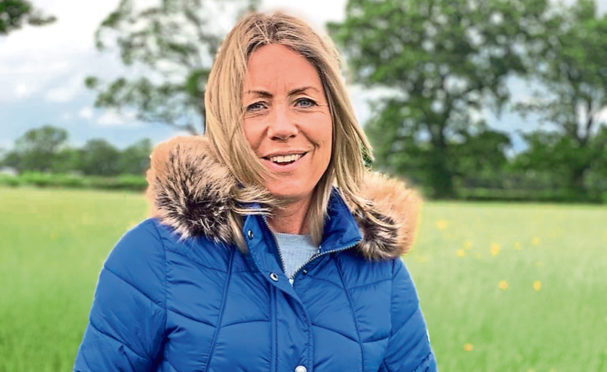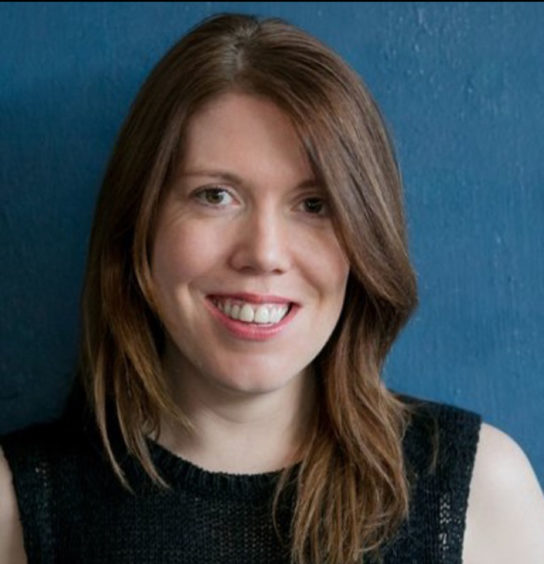
When your health fails, keeping hopeful can be difficult – especially if doctors aren’t entirely sure how to help.
This is a familiar scenario for many people affected by ME or Chronic Fatigue Syndrome (CFS).
This affects 270,000 people in the UK and Ireland and although awareness has improved, a lot of mystery and misunderstanding still surrounds the condition.
The main symptom is debilitating fatigue, but there are many others including pain, brain fog, dizziness, nausea and sleep problems.
Linda Jones, a mum of two and company director from the West Midlands, went from being a high-flying fitness fanatic with a buzzing social life to losing almost everything after being diagnosed in 2002 aged 34.
“I lost six years of my life. I remember bits, but not most of it. I lost my home, everything,” she says.
At the height of the illness, some days she could barely move or speak. Her career, marriage and independence all ground to a halt.
Getting a diagnosis was a relief, as Linda explains: “I thought, ‘OK, great, at least we know what we’re dealing with.’
“But then the next stumbling block was, ‘Well, we don’t actually know what to do with you.’”
Although her GP was “lovely”, CFS is often a vague condition. There’s no single test to diagnose it – instead, this often involves a range of assessments, monitoring symptom patterns and ruling out other possible causes – and no set treatment, although medications may help with some symptoms.
Now 51, Linda glows with health, is working full-time in a new career she loves and, in many ways, is healthier and happier than ever.
“It really took another 10 years,” she says, during which time she began seeking out the things that would ultimately help her get her energy back, alongside looking at triggers that possibly needed to change – such as stress and burnout.
“I went to see a naturopath and a hypnotherapist. It was a big weight off my shoulders to think, ‘Actually, I can talk to some people and they know what’s going on.’ I started to see small changes and get a bit of hope,” says Linda, who then became “sort of my own life coach”.
She found breaking down her symptoms and addressing them individually made things feel less overwhelming and more manageable.
Gradually, Linda overhauled her approach to sleep and nutrition, made relaxation and managing stress a top priority, and gentle movement (walking, yoga, qigong) a central part of her life.
“I’ve slowly integrated these different things. You rebuild yourself and rebuild a completely new life. And I’m still rebuilding,” says Linda, who founded the Salus Fatigue Foundation which helps people affected by fatigue to develop their own self-management tools.
Kim Willis, 38, from London, also found taking a holistic approach to recovery life-changing.
“My life became a recovery journey, sometimes one step forwards and two steps back, but with lessons and new experiences all the same,” she says.
“I began to realise that recovery wasn’t just about rest. It was about tuning into what gave me energy, and also understanding what depleted me.
“That meant some pretty big life changes,” adds Kim, whose CFS diagnosis in 2007 resulted in her missing a year of work.
These changes included a break-up, moving house to a more “calm space”, and leaving her high-flying job in the civil service.
Kim’s now carved out a career she’s passionate about and which allows for some all-important flexibility and freedom – as a travel journalist and running a communications company focused on social impact.
But both women remember what it was like in the early days, when things felt bleak and hopeless.
This is an understandable response to facing any major health shift – and nobody should ever beat themselves up for having a bad day or week, or struggling with the emotional impact of illness.
“Acceptance was a really big thing, ‘OK, this is happening to me and I’ve got to address it’, and then, ‘Well nobody else can help me, only I can help myself,’” says Linda.
Now, when early warning signs creep in, she slows down and does what she needs to do to restore and recharge.
Kim says: “In a lot of ways, ME/CFS is a life course in acceptance. And it was incredibly hard at times. CFS felt totally unpredictable, one moment I was at 20% energy, the next I would be getting a blinding headache.
“You’d just accept one thing, and another would come out of nowhere,” she adds, admitting that, “A lot of the time, I just wanted it all to go away.
“It sounds like a cliche, but with hindsight, CFS is something I’m grateful for. It was my body’s best way of telling me that what I was doing and how I was living wasn’t right for the person I am.”
For more information, visit www.salus.org.uk

Enjoy the convenience of having The Sunday Post delivered as a digital ePaper straight to your smartphone, tablet or computer.
Subscribe for only £5.49 a month and enjoy all the benefits of the printed paper as a digital replica.
Subscribe © Kim Willis/PA
© Kim Willis/PA